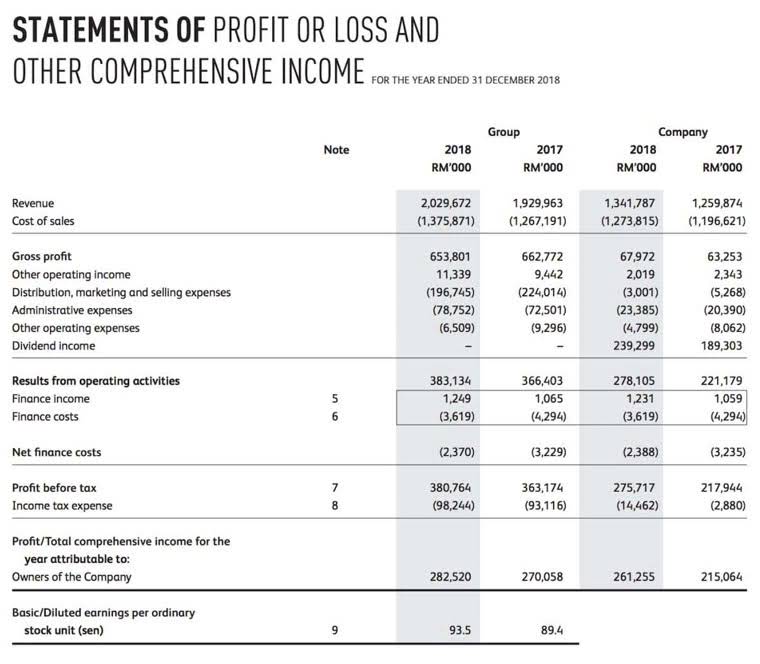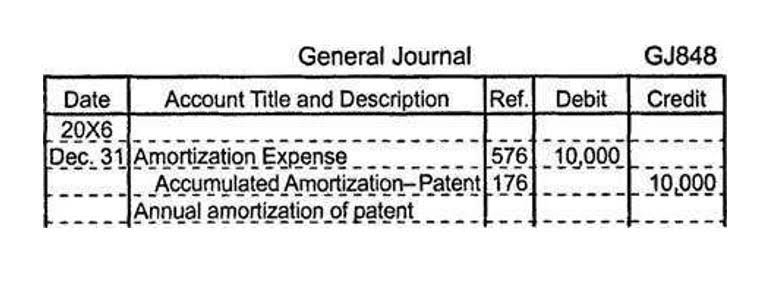
Or, if they contain relatively minor balances, they may be aggregated with their paired accounts and presented as a single line item in the balance sheet. In either case, the net amount of the pair of accounts is referred to as the book value of the asset account in question. When a contra asset account is not stated separately in the balance sheet, it may be worthwhile to disclose the amount in the accompanying footnotes, where readers can readily see it. These examples illustrate how contra accounts are used in various contexts contra asset examples to provide a more accurate picture of a company’s financial position and performance. Whether it’s accumulated depreciation, allowance for doubtful accounts, or another type of contra asset account, understanding how these accounts work is essential for anyone involved in accounting or finance. And now, with some real-world examples and a fun coffee analogy, you’re ready to tackle them with confidence.
Definition and Examples of Contra Assets
If the bond is sold at a discount, the company will record the cash received from the bond sale as “cash”, and will offset the discount in the contra liability account. This allows the company to reflect a more accurate balance for its accounts receivable. Discount on bonds payable is a contra liability account that is used to offset the balance of the bonds payable account. It represents the amount of discount that was given when the bonds were issued. The purpose of this account is to increase the effective interest rate of the bonds. Accumulated depreciation is used to offset the balance of a fixed asset account.

Types of Contra Accounts
This account is used to estimate the amount of money that is not likely to be collected from customers. For liability and revenue accounts, credit transactions will increase and debit transactions will decrease the account balances. As a reminder, assets and expenses are debit accounts whereas liabilities and revenues are credit accounts. One other type of account is the contra account and for accountants, this is a must-know.

The Contra Revenue Account
The use of Allowance for Doubtful Accounts allows us to see in Accounts Receivable the total amount that the company has a right to collect from its credit customers. The credit balance in the account Allowance for Doubtful Accounts tells us how much of the debit balance in Accounts Receivable is unlikely to be collected. By reporting contra accounts on the balance sheet, users can learn even more information about the company than if the equipment was just reported at its net amount. Balance sheet readers cannot only see the actual cost of the https://www.bookstime.com/bookkeeping-services/orlando item; they can also see how much of the asset was written off as well as estimate the remaining useful life and value of the asset.
- A Discount on Notes Payable, for instance, accounts for the difference between the cash received and the note’s face value.
- The Gross Sales account, which records the total sales revenue, would be paired with the Sales Discount account, which serves as the contra account for the Gross Sales account.
- For instance, if a company has $100,000 in accounts receivable and expects 5% to be uncollectible, it records $5,000 in ADA to offset the accounts receivable balance.
- If every single buyer had taken advantage of the early payment discount, the company would have provided roughly $10 thousand in discounts during that same timeframe.
- A contra account plays a significant role in business by providing a clearer, more detailed picture of the financial situation.
How Do I Calculate Accumulated Depreciation?
- ABC Computers makes sales of 90,000; unfortunately, due to a fault in a product, they received returns of 2,500.
- Contra assets are accounts in the general ledger—where you enter your transactions—that carry a balance used to offset the account with which it is paired.
- Furthermore, if you subsequently pay off that debt early and capture a discount, the contra liability account — Discount Notes Payable — would record those savings.
- They play a critical role in helping businesses and analysts understand the true financial position of a company.
- The contra account accounting reduces the total number of outstanding shares.
- This contra asset reduces the value of Accounts Receivable to reflect that some customers may not pay what they owe.
This would allow the company to track the amount of money that has been borrowed. The contra liability account would be used to offset the liability account on the balance sheet. Contra-asset accounts are often confused with other financial adjustments, such as contra-liability or contra-revenue accounts. Despite their apparent similarities, each has a specific function in financial reporting. Businesses must know these differences to guarantee accurate financial reporting and avoid misclassification errors. Accumulated depreciation tracks the decline in the value of fixed assets over time.

What is Contra in Accounting?

It is linked to a specific normal balance account and has a balance opposite to the normal balance of that account. For example, if the related account is an asset account, which typically has a debit balance, the contra account will have a credit balance. Contra accounts are used to track reductions in the value of assets, liabilities, equity, or revenue and provide a more accurate picture of a company’s financial position. Maintaining accurate financial statements requires an understanding of contra-asset accounts. These accounts help businesses adjust for depreciation, bad debts, returns, and discounts, ensuring that assets are not overstated.

